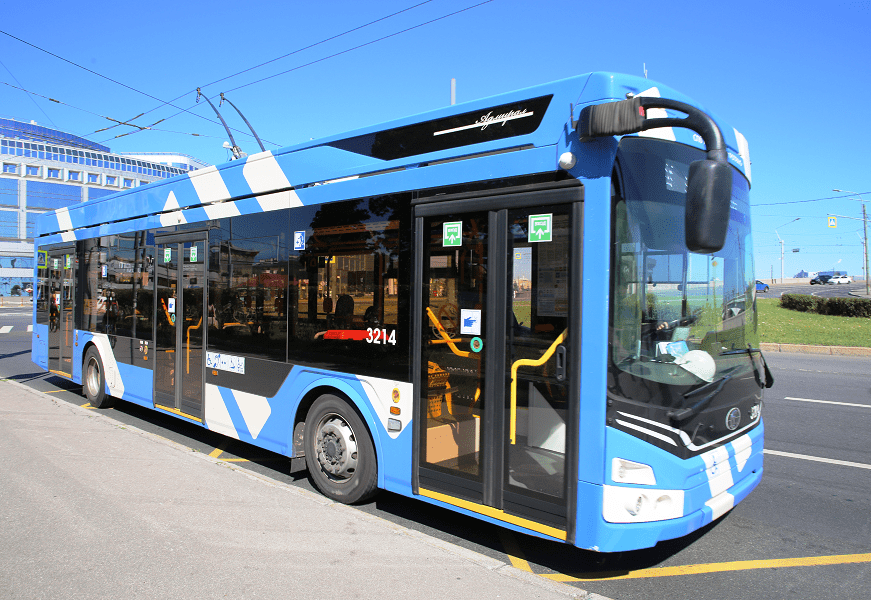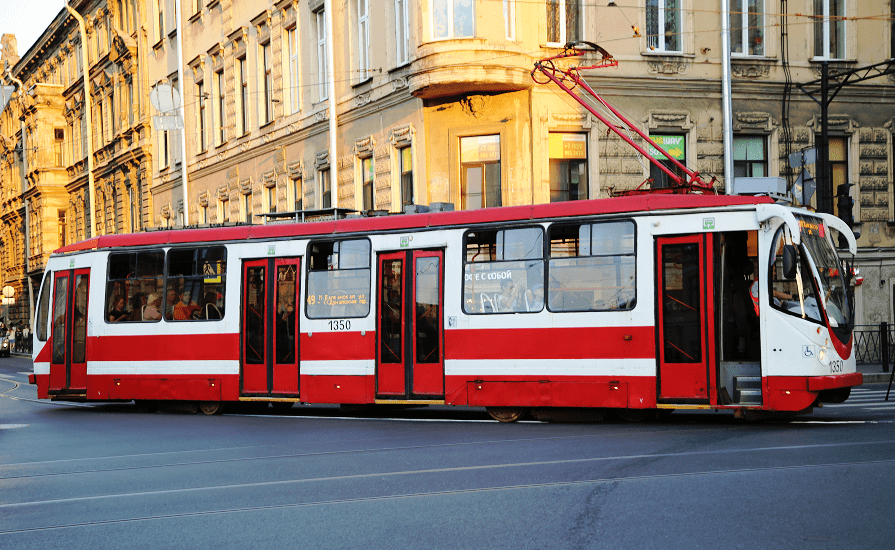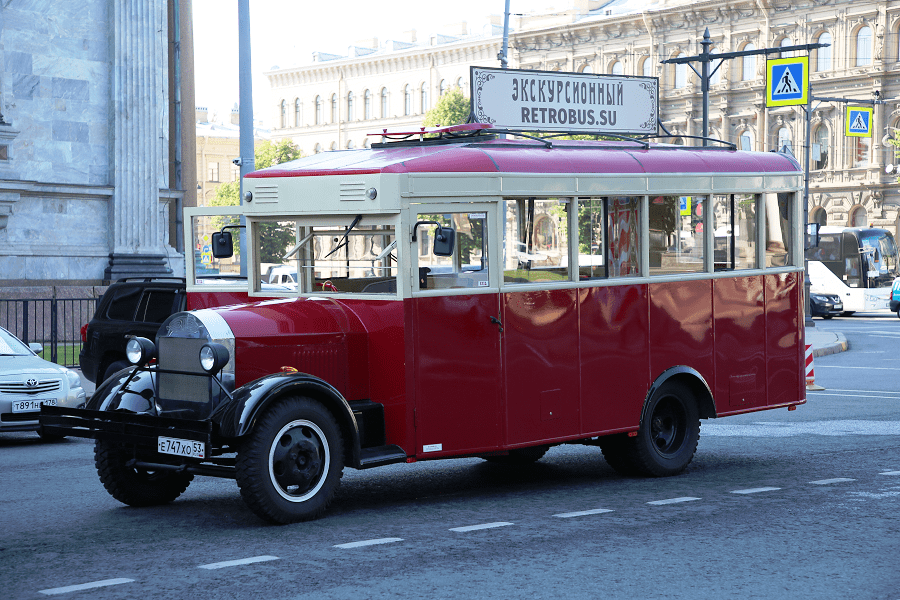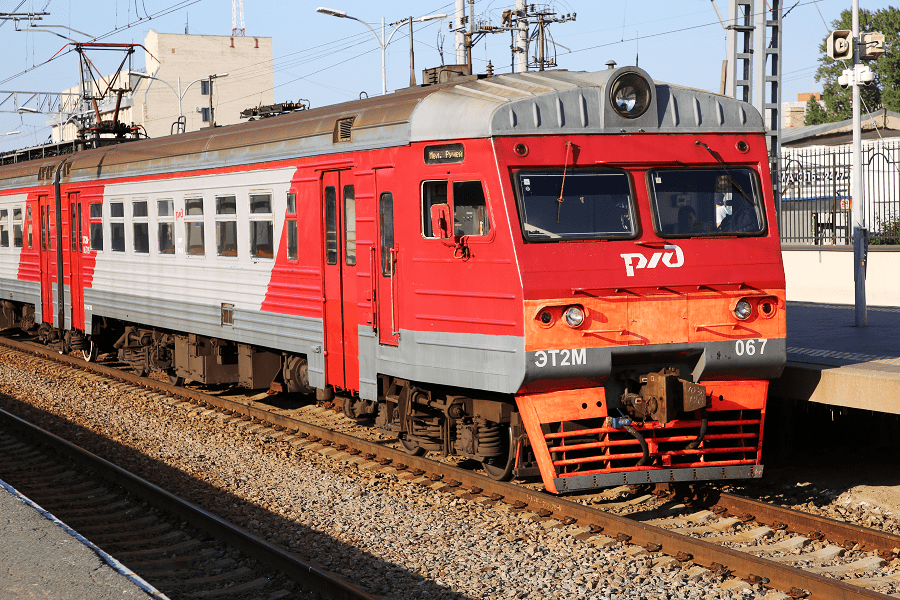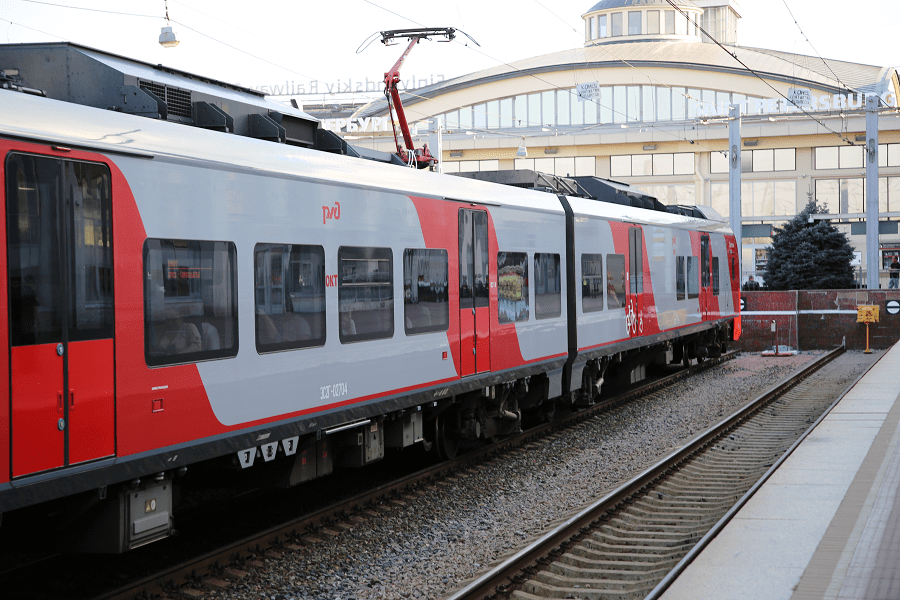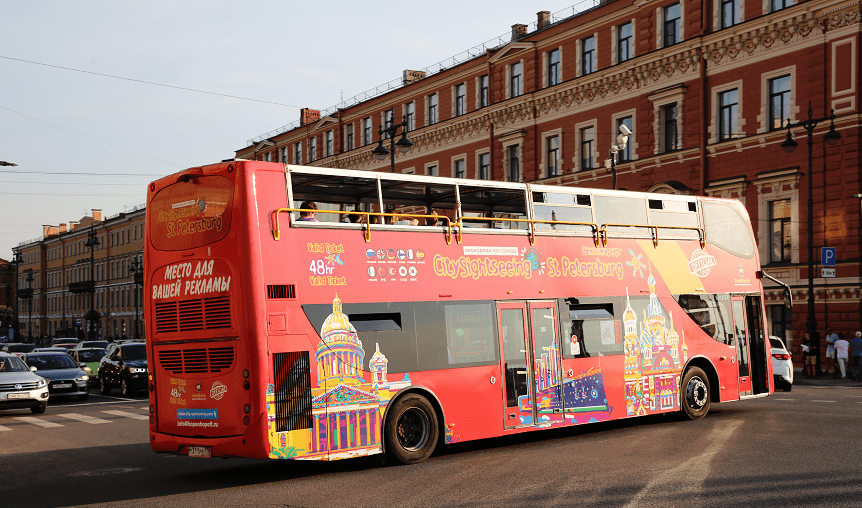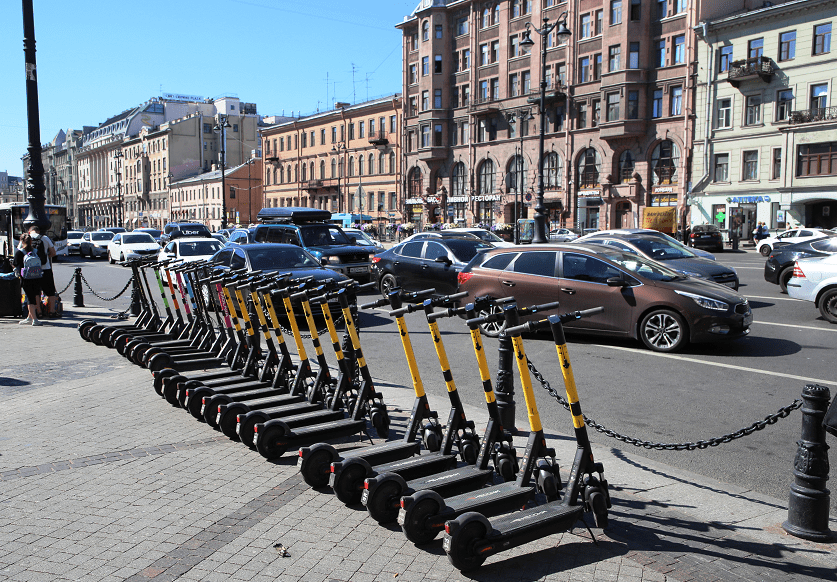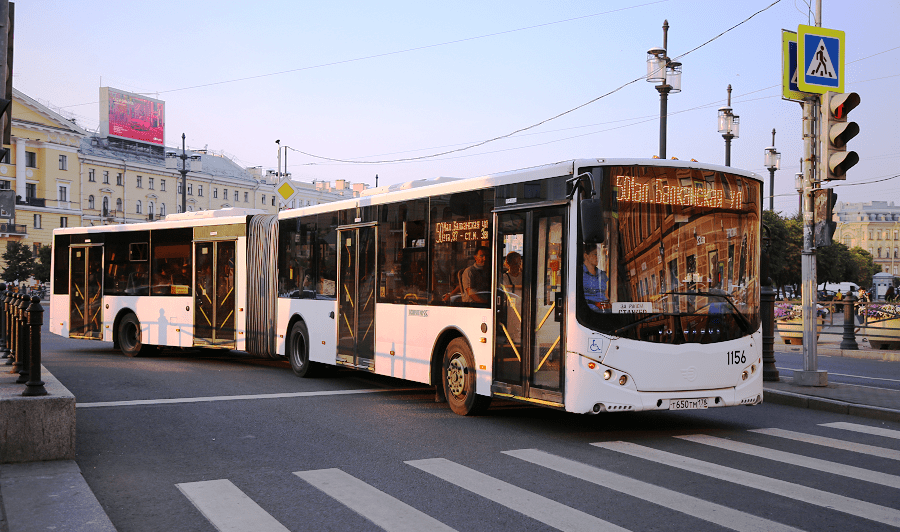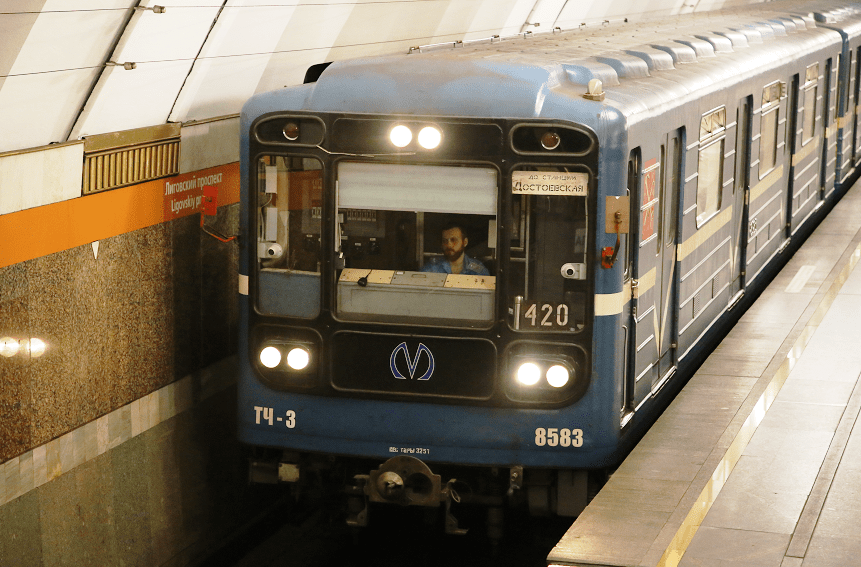St. Petersburg is the largest transport hub in the north-west of Russia and the second in the country after Moscow. It includes railways, sea and river transport, roads and airlines. Pass through the city: two Eurasian transport corridors “North-South” and “Sevsib”, pan-European transport corridor No. 9, European road route E 18, connecting Scandinavia with the center of Russia.
To reduce the congestion of city highways with transit transport, a ring road (KAD) was built. The main highways connecting St. Petersburg with other regions are (clockwise from the Gulf of Finland): Primorskoye Highway, Vyborgskoye Highway, Priozerskoye Highway, Ryabovskoye Highway, Murmanskoye Highway, Petrozavodskoye Highway, Moscow Highway, Neva Expressway (Moscow- Petersburg), Pulkovskoe highway – Kyiv highway, Tallinn highway, Peterhof highway.
The Western High-Speed Diameter (WHSD) is an intracity toll highway in St. Petersburg. The length of the road is 46.6 km, of which 26.7 km was built on artificial structures: flyovers, bridges, overpasses and tunnels. The width of the road is 4-8 lanes (6 km – four-lane road, 18 km – six-lane road, 22 km – eight-lane road).
On the territory of the city there is a Big Port of St. Petersburg, which includes five basins (Vostochny, Barochny, Passenger, Lesnoy Mole raid and Coal Harbor); Vasileostrovsky cargo port, Kronstadt port, Lomonosov port. Oil products, metals, timber cargoes, containers, coal, ore, chemical cargoes, scrap metal are reloaded in them.
At the western tip of Vasilyevsky Island, there is a marine passenger terminal for receiving cruise liners and ferries. A significant share of transportation by water transport falls on river transportation along the Neva, which connects the city with Lake Ladoga and is the final segment of the Volga-Baltic waterway.
Passenger air transportation is carried out through Pulkovo Airport, located on the southern outskirts. Of the cities with only one airport for passenger traffic, St. Petersburg is the largest in terms of population in Europe.
In 2018, passenger traffic amounted to more than 18 million passengers. Since December 4, 2013, a new centralized passenger terminal has been operating, providing full service for international flights, as well as check-in and pre-flight procedures for domestic flights. The reconstructed building of the former Pulkovo-1 terminal was put into operation on February 4, 2015 as an extension of the new centralized terminal for receiving and sending domestic flights. The state airline Rossiya is registered in the city.
The St. Petersburg railway junction is the second largest in the country after Moscow, and the first in terms of time of appearance – the history of Russian railways began in the 19th century here.
It is part of the Oktyabrskaya Railway and includes five main railway stations and seven radial directions: Vyborgskoye, Priozernoye, Volkhostroevskoye, Kirishskoye, Moscowskoye, Novgorodskoye, Vitebskoye, Warsaw (Pskovskoye), Narva, Oranienbaumskoye; two marshalling yards: St. Petersburg-sorting-Moskovsky, Shushary; four port stations: Avtovo, Novy Port, Oranienbaum, Bronka.
The office of the Oktyabrskaya Railway of Russian Railways is located in the city. Passengers are transported by the Sapsan high-speed train on the St. Petersburg-Moscow route and the Allegro high-speed train on the St. Petersburg-Helsinki route, as well as by the Lastochka electric trains introduced since 2018 in suburban directions: Pskov (from August), Tosno (from December), through Sortavala to the tourist complex Ruskeala (December).
The subway has been operating since 1955. At the beginning of November 2019, the St. Petersburg Metro had 72 stations on five lines, seven transfer hubs, the operational length of the lines was 124.7 km.
As of 2001, the world’s largest tram network operated in St. Petersburg. In recent years, it has been significantly reduced.
The city also has developed bus and trolleybus networks.
The largest number of trolleybus trains in the USSR by Vladimir Veklich, consisting of two ZiU-682 vehicles, was operated here. In total there were more than 111 units.




